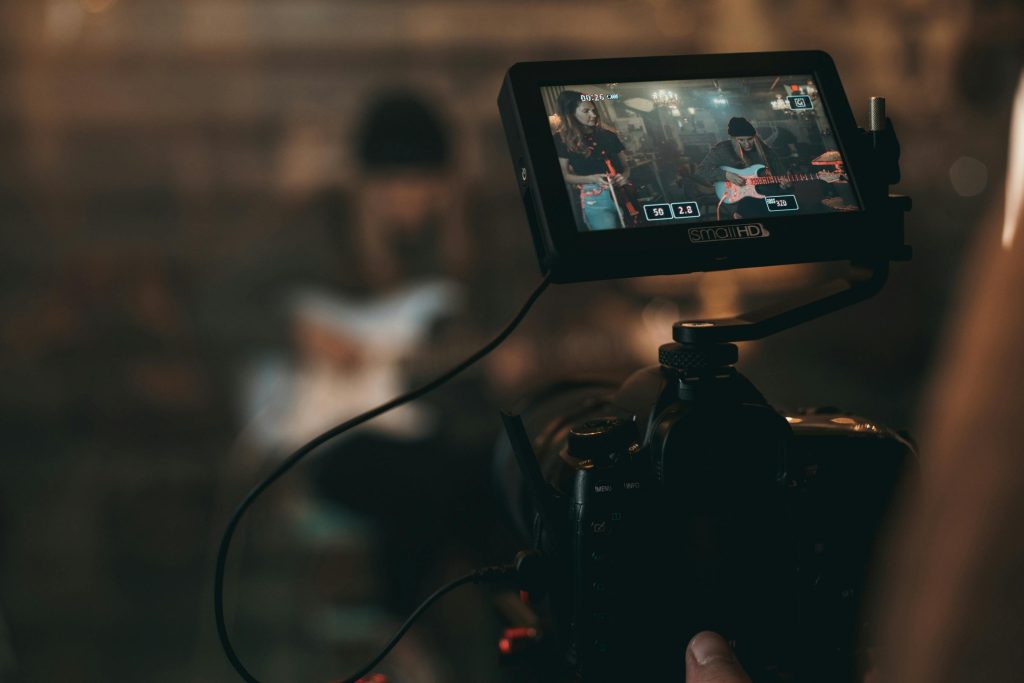
Music videos have been an integral part of the music industry for decades. They have transformed the way artists reach their audiences and shaped both the commercial and creative future of music. From their earliest experimental days to the digital age, music videos have evolved from their humble beginnings as low-level promotional tools into a cultural phenomenon with a huge stake in shaping artist imagery, fan engagement, and industry economics.
- Historical Context
- Artistic Expression
- Market and Commercial Impact
- Fan Engagement
- Cultural Influence
The relationship between music and its visual representation is as old as the early 20th century, but it was in the 1980s that music videos began to gain prominence with the advent of MTV. This channel changed everything in the world of music, opening up a new channel for artists to reach an audience, using visuals not only for entertainment but to enhance the storytelling of the music.
The music video can also be seen as a canvas on which musicians and directors can visualize the theme of their music in many different ways. This visual element can then complement the narrative within the song and create an experience that is much more engaging for the viewer than simply listening to the track. Classic videos such as Michael Jackson’s “Thriller” have shown how music videos can transcend mere promotional value and become works of art in their own right, celebrated as such.
Commercially speaking, music videos greatly increase an artist’s visibility and marketability. A well-made video can make any song go viral, which automatically translates into better sales and increased streaming. In this digital age, sites like YouTube have become an important part of the music marketing strategy. Once videos get millions of views, the advertising revenue is significant and indirectly affects concert ticket and merchandise sales.
Music videos build fan engagement. They help fans visualize the artist, which strengthens the fan’s loyalty to the individual and attachment to the music. In addition, in today’s social media context, music videos are shared across platforms and help build a community of followers that extend an artist’s reach.
Technology has continued to push the boundaries of what is possible in music video production. Virtual reality, 3D animation, and interactive video have opened up whole new areas for artists to experiment in. This same evolution will continue to keep the medium fresh and exciting, allowing artists new ways to experiment and new ways to engage with their audiences.
After that, there are many ways in which music videos reflect and often influence cultural trends. Whether it is creating fashion moments, making social statements, or even spreading politically potent messages, the music video is becoming more than just a marketing tool and is becoming another medium through which the artist can express his or her opinions and shape cultural discourse.

